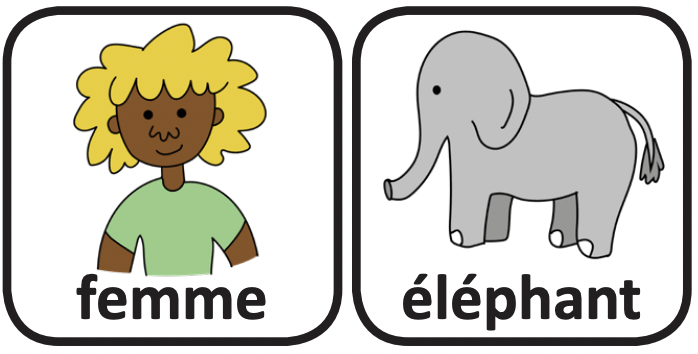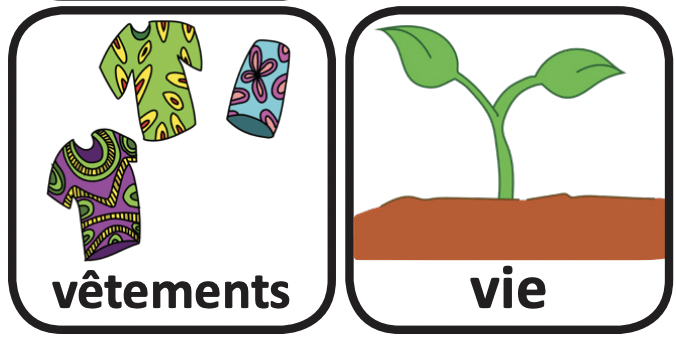
by Leaders Project | Nov 9, 2018
This is part of the series of French cleft palate speech therapy word games. This therapy game is unique in that it targets the one high pressure sound (F) the child is targeting paired with other low pressure and nasal sounds which the child should be able to produce free of error.

by Leaders Project | Nov 9, 2018
This is part of the series of French cleft palate speech therapy word games. This therapy game is unique in that it targets the one high pressure sound (V) the child is targeting paired with other low pressure and nasal sounds which the child should be able to produce free of error.
by Leaders Project | Apr 16, 2018 |
Here is a playlist of videos that showcases the variety of ways that AAC is used in the classroom in Ghana: How and why we use AAC Why is AAC is important for students with intellectual disabilities and developmental disabilities and autism? These videos show how to...

by Leaders Project | Feb 12, 2018 |
The Akuapem Twi “All About Me” books are part of a series of Ghanaian language books developed as literacy tools to be used by special education teachers in unit schools throughout Ghana. With these books, children can improve their vocabulary, literacy, and...

by Leaders Project | Feb 12, 2018
The Asante Twi “All About Me” books are part of a series of Ghanaian language books developed as literacy tools to be used by special education teachers in unit schools throughout Ghana. With these books, children can improve their vocabulary, literacy, and...

by Leaders Project | Feb 12, 2018 |
The Ewe “All About Me” books are part of a series of Ghanaian language books developed as literacy tools to be used by special education teachers in unit schools throughout Ghana. With these books, children can improve their vocabulary, literacy, and phonological...

by Leaders Project | Feb 12, 2018 |
The Fanti “All About Me” books are part of a series of Ghanaian language books developed as literacy tools to be used by special education teachers in unit schools throughout Ghana. With these books, children can improve their vocabulary, literacy, and phonological...

by Leaders Project | Feb 12, 2018 |
The Ga “All About Me” books are part of a series of Ghanaian language books developed as literacy tools to be used by special education teachers in unit schools throughout Ghana. With these books, children can improve their vocabulary, literacy, and phonological...

by Leaders Project | Feb 11, 2018 |
The English “All About Me” books are part of a series of Ghanaian language books developed as literacy tools to be used by special education teachers in unit schools throughout Ghana. With these books, children can improve their vocabulary, literacy, and phonological...

by Leaders Project | Sep 25, 2017
This is part of the series of cleft palate books. The book targets T and D in Spanish./Este libro forma parte de la serie de libros para el paladar hendido. Se enfoque en la T y la D en español.










![[feed link]](/wp-content/plugins/rss-just-better/rss-cube.gif)